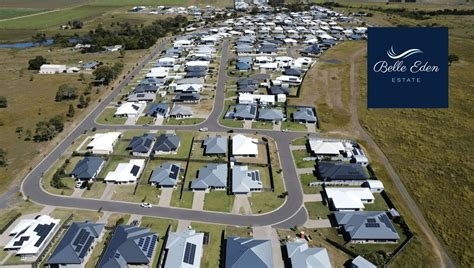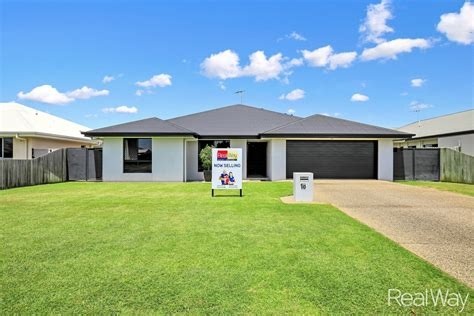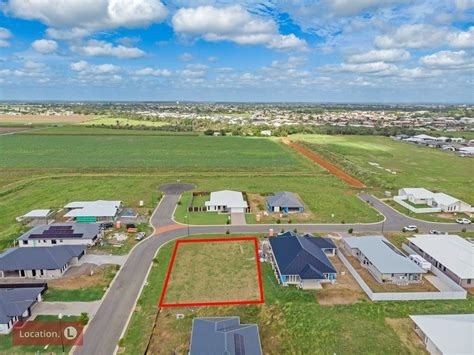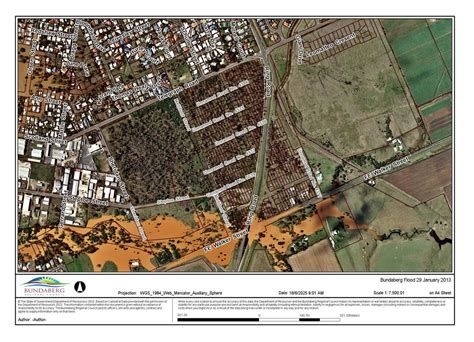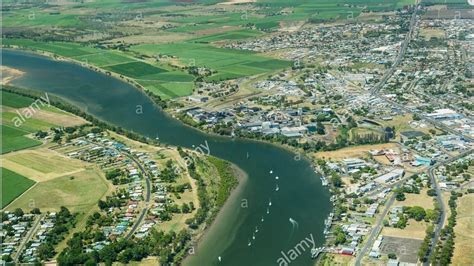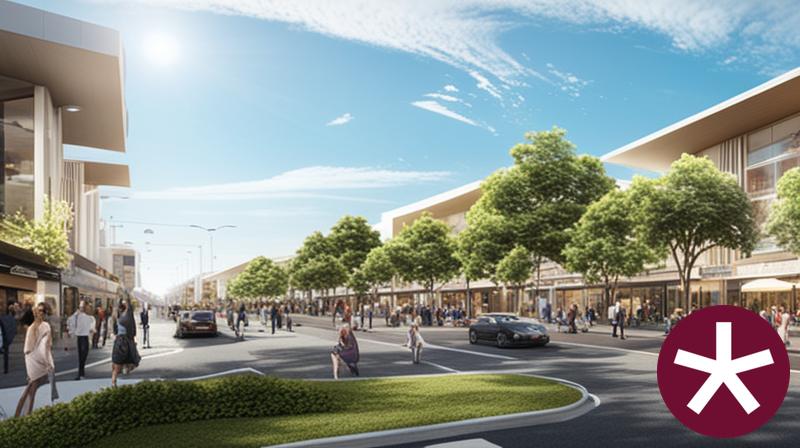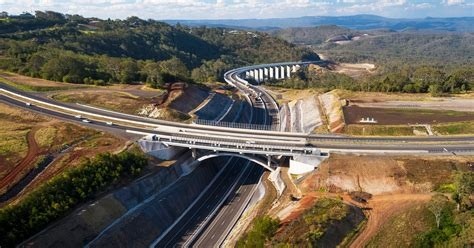Chart Color Schemes
est. as @ -- *
ABS ERP | -- people | --
2021 Census | -- people
Sales Activity
Curious about local property values? Filter the chart to assess the volume and appreciation (including resales) trends and regional comparisons, or scroll to the map below view this information at an individual property level.
Find a Recent Sale
Sales Detail
Population
Population growth drivers in Bundaberg East - Kalkie are strong compared to national averages based on AreaSearch's ranking of recent, and medium to long-term trends
Based on AreaSearch's analysis, Bundaberg East - Kalkie's population was around 6,070 as of Aug 2025. This reflected an increase of 266 people (4.6%) since the 2021 Census, which reported a population of 5,804 people. The change was inferred from the estimated resident population of 5,995 from the ABS as of June 2024 and an additional 53 validated new addresses since the Census date. This level of population equated to a density ratio of 441 persons per square kilometer, providing significant space per person and potential room for further development. Population growth for the area was primarily driven by overseas migration that contributed approximately 56.8% of overall population gains during recent periods, although all drivers including interstate migration and natural growth were positive factors.
AreaSearch adopted ABS/Geoscience Australia projections for each SA2 area, as released in 2024 with 2022 as the base year. For any SA2 areas not covered by this data, and for years post-2032, Queensland State Government's SA2 area projections, released in 2023 and based on 2021 data, were adopted. It should be noted that these state projections did not provide age category splits; hence where utilised, AreaSearch applied proportional growth weightings in line with the ABS Greater Capital Region projections (released in 2023, based on 2022 data) for each age cohort. Looking at population projections moving forward, an above median population growth of regional areas across the nation was projected, with the area expected to expand by 894 persons to 2041 based on the latest population numbers, with an increase of 13.5% in total over the 17 years.
Frequently Asked Questions - Population
Development
Recent residential development output has been above average within Bundaberg East - Kalkie when compared nationally
Bundaberg East - Kalkie has recorded approximately 16 residential properties granted approval annually. Development approval data is produced by the ABS on a financial year basis, with 83 homes approved over the past five financial years from FY20 to FY25, and 15 so far in FY26. On average, about 1.8 people have moved to the area for each dwelling built over these five years, suggesting balanced supply and demand conditions. However, this has moderated to 0.8 people per dwelling over the past two financial years, indicating an improved supply-demand balance. New properties are constructed at an average value of $408,000, which is lower than regional levels, providing more affordable housing options for buyers.
This year alone, $16.5 million in commercial development approvals have been recorded, demonstrating moderate commercial development activity. Compared to the rest of Queensland, Bundaberg East - Kalkie has about three-quarters the rate of new dwelling approvals per person, but it ranks among the 84th percentile nationally when considering building activity, which has accelerated recently. New developments consist of 72.0% standalone homes and 28.0% medium to high-density housing, maintaining the area's low-density character while offering some higher-density options.
With an estimated 531 people per dwelling approval, the development environment is relatively quiet and low-activity. Looking forward, Bundaberg East - Kalkie is projected to grow by 819 residents by 2041. If current development rates continue, housing supply may struggle to keep pace with population growth, potentially intensifying buyer competition and supporting price increases.
Frequently Asked Questions - Development
Infrastructure
Bundaberg East - Kalkie has emerging levels of nearby infrastructure activity, ranking in the 36thth percentile nationally
Changes to local infrastructure significantly influence an area's performance. AreaSearch has identified 13 projects likely to impact the area. Key projects include Telegraph Road Over-50s Lifestyle Community, Ashfield Growth Precinct, Kepnock Town Centre, and Edenbrook Estate. The following list details those most relevant.
Professional plan users can use the search below to filter and access additional projects.
INFRASTRUCTURE SEARCH
Frequently Asked Questions - Infrastructure
New Bundaberg Hospital
New $1.2 billion six-story hospital featuring more than 400 beds including 320 overnight and 139+ new beds, larger emergency department, new operating rooms with cardiology support, rooftop helipad, acute mental health unit, and teaching facilities. Currently under construction with early works commenced May 2024. The project will deliver acute, medical, surgical and mental health services, as well as emergency and clinical support services to meet the growing demand for healthcare services in the Bundaberg region.
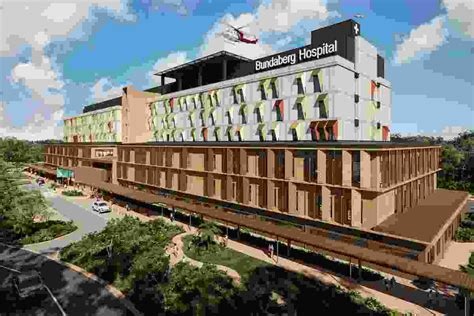
Bundaberg Civic and Cultural Precinct
A transformative civic and cultural arts precinct in Bundaberg's CBD to create a new city heart. The project includes a new regional art gallery and a 750-seat performing arts centre. The concept involves converting an existing carpark into an inner courtyard linking the historic School of Arts to the new gallery, with the performing arts centre creating a pedestrian spine. The precinct aims to reinvigorate the CBD, reconnect the city with the Burnett River, and create a vibrant community hub with new cultural infrastructure, public spaces, and pedestrian laneways. The project is part of a 20-year vision for the region.
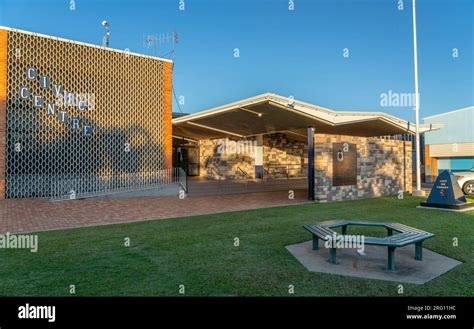
Kepnock Town Centre
Completed neighbourhood shopping centre in Bundaberg anchored by a large format Woolworths with BWS and around 14 specialty tenancies, pharmacy, food and drink operators, outdoor dining, and about 268 on grade car parks. The centre opened in late 2023 with ribbon cutting in early November.
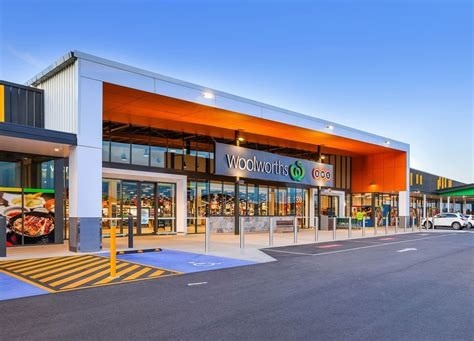
Bundaberg Regional Aquatic Facility
A state-of-the-art year-round aquatic facility featuring a 50-metre FINA-standard competition pool, indoor 25-metre lap pool, and warm water hydrotherapy pool. The facility includes accessible ramp entry to all pools, cafe, multipurpose rooms, reformer Pilates studio, and parking for 165 vehicles. Designed for fitness, education, therapy, competition, and recreation for all ages and abilities. Co-located with the Bundaberg Multiplex to create a high-performance sports precinct. The facility features solar arrays, hybrid heating, and rainwater harvesting for sustainability. Expected to open in Spring 2025.
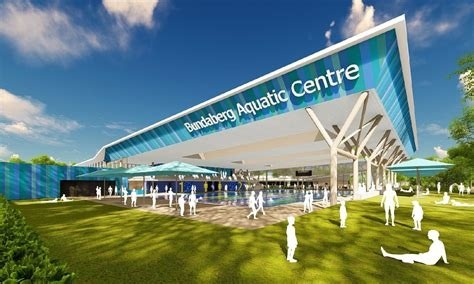
Bundaberg Solar Farm
A 100 MW solar photovoltaic farm located in the Bundaberg region, approximately 360 kilometers north of Brisbane. The facility features 168,399 solar modules installed across 146 hectares and is expected to have a 25-year lifespan. The project will generate approximately 200 GWh of clean energy annually, enough to power around 36,000 homes and offset 104,000 tonnes of CO2 emissions each year. Construction is being delivered by Monford Group as EPC contractor, with commercial operation expected to commence in Q3-Q4 2025. The project includes a Power Purchase Agreement with Telstra for 153 GWh per annum.
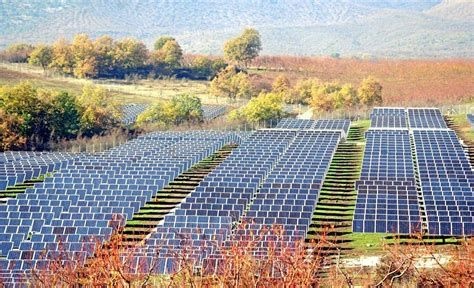
Bundaberg Aquatic Centre
State-of-the-art aquatic facility with $89.7 million budget featuring 50m FINA standard competition pool, indoor 25m lap pool, warm water program pool, and accessibility features. Opening second half of 2025.
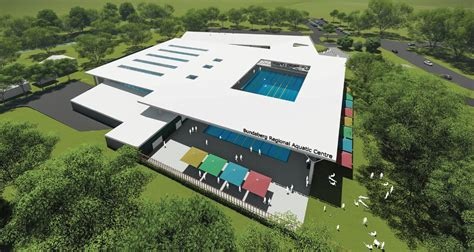
Telegraph Road Over-50s Lifestyle Community
A recently approved over-50s lifestyle community delivering 386 single-storey homes with two or three bedrooms. The development features extensive shared facilities including bowling green, tennis and pickleball courts, indoor and outdoor pools, gym, cinema, library, cafe, bar and lounge, men's shed, and caravan storage. Most homes include double garages with some offering RV parking space. The project addresses regional housing demand and aims to free up existing homes for families and first-home buyers.
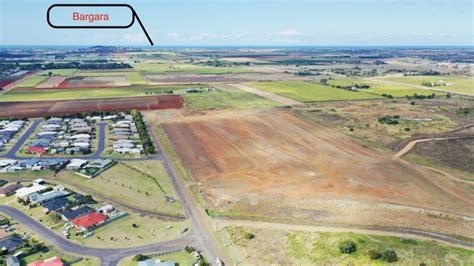
Edenbrook Estate
Premium master-planned residential community by Santalucia Corporation. Lots from 740m2-1,080m2 with 23m average frontages. Features high-speed internet, proximity to shopping, schools, and childcare facilities.
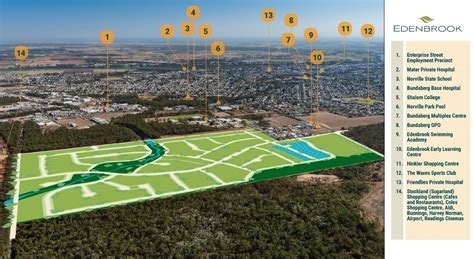
Employment
Bundaberg East - Kalkie has seen below average employment performance when compared to national benchmarks
Bundaberg East - Kalkie has a balanced workforce with both white and blue collar jobs. Key sectors include essential services, with an unemployment rate of 4.5% as of June 2025.
Employment growth in the past year was estimated at 6.7%. There are 3,161 residents employed, with an unemployment rate 0.6% higher than Rest of Qld's rate of 3.9%, and workforce participation similar to Rest of Qld's 59.1%. Dominant employment sectors among residents are health care & social assistance, retail trade, and education & training, with notable concentration in healthcare at 1.4 times the regional average. Construction employs only 7.4% of local workers, below Rest of Qld's 10.1%.
Many residents commute elsewhere for work based on Census data. Between June 2024 and June 2025, employment levels increased by 6.7%, labour force grew by 7.3%, causing unemployment to rise by 0.6 percentage points. State-level data as of Sep-25 shows QLD employment contracted by 0.23% (losing 8,070 jobs), with the state unemployment rate at 4.2%. National unemployment is 4.5%, with national employment growth at 0.26%. Jobs and Skills Australia's forecasts from May 2025 project national employment growth of 6.6% over five years and 13.7% over ten years. Applying these projections to Bundaberg East - Kalkie suggests local growth of approximately 6.5% over five years and 13.8% over ten years, based on a simple weighting extrapolation for illustrative purposes.
Frequently Asked Questions - Employment
Income
Income levels sit below national averages according to AreaSearch assessment
AreaSearch's latest postcode level ATO data released for financial year 2022 shows Bundaberg East - Kalkie has a median income among taxpayers of $48,788 and an average of $60,286. These figures are lower than the national average. In comparison, Rest of Qld's median is $50,780 and average is $64,844. Based on Wage Price Index growth of 11.71% since financial year 2022, current estimates for Bundaberg East - Kalkie are approximately $54,501 (median) and $67,345 (average) as of March 2025. Census 2021 income data indicates that household, family and personal incomes in Bundaberg East - Kalkie all fall between the 20th and 21st percentiles nationally. The $1,500 - 2,999 bracket dominates with 29.5% of residents (1,790 people), consistent with surrounding region trends showing 31.7% in the same category. After housing costs, 85.0% of income remains, ranking at the 22nd percentile nationally.
Frequently Asked Questions - Income
Housing
Bundaberg East - Kalkie is characterized by a predominantly suburban housing profile, with a higher proportion of rental properties than the broader region
The dwelling structure in Bundaberg East - Kalkie, as per the latest Census, consisted of 84.7% houses and 15.3% other dwellings (semi-detached, apartments, 'other' dwellings). This is similar to Non-Metro Qld's structure of 84.6% houses and 15.4% other dwellings. Home ownership in Bundaberg East - Kalkie was at 34.5%, with mortgaged dwellings at 32.4% and rented dwellings at 33.2%. The median monthly mortgage repayment in the area was $1,324, higher than Non-Metro Qld's average of $1,300. The median weekly rent figure was $290, compared to Non-Metro Qld's $285. Nationally, Bundaberg East - Kalkie's mortgage repayments were significantly lower than the Australian average of $1,863, and rents were substantially below the national figure of $375.
Frequently Asked Questions - Housing
Household Composition
Bundaberg East - Kalkie has a typical household mix, with a higher-than-average median household size
Family households constitute 70.9% of all households, consisting of 26.2% couples with children, 29.8% couples without children, and 13.9% single parent families. Non-family households make up the remaining 29.1%, with lone person households at 26.4% and group households comprising 2.6%. The median household size is 2.5 people, which is larger than the Rest of Qld average of 2.4.
Frequently Asked Questions - Households
Local Schools & Education
Educational outcomes in Bundaberg East - Kalkie fall within the lower quartile nationally, indicating opportunities for improvement in qualification attainment
The area faces educational challenges with university qualification rates at 15.2%, substantially below the Australian average of 30.4%. This represents both a challenge and an opportunity for targeted educational initiatives. Bachelor degrees lead at 11.2%, followed by postgraduate qualifications at 2.1% and graduate diplomas at 1.9%. Trade and technical skills feature prominently, with 38.9% of residents aged 15+ holding vocational credentials - advanced diplomas at 8.5% and certificates at 30.4%.
Educational participation is notably high, with 28.3% of residents currently enrolled in formal education, including 10.1% in primary education, 9.6% in secondary education, and 3.0% pursuing tertiary education. Bundaberg East - Kalkie's 3 schools have combined enrollment reaching 1,680 students while Bundaberg East - Kalkie demonstrates typical Australian school conditions with balanced educational opportunities. The educational mix includes 2 primary schools and 1 K-12 school. The area functions as an education hub with 27.7 school places per 100 residents, significantly above the regional average of 13.9, attracting students from surrounding communities.
Frequently Asked Questions - Education
Schools Detail
Nearby Services & Amenities
Transport
Transport servicing is very low compared to other areas nationally based on assessment of service frequency, route connectivity and accessibility
Bundaberg East-Kalkie has 15 active public transport stops, all of which are bus stops. These stops are served by two routes that together offer 81 weekly passenger trips. The area's transport accessibility is rated as good, with residents typically living 391 meters from the nearest stop.
On average, there are 11 trips per day across all routes, equating to about five weekly trips per individual stop.
Frequently Asked Questions - Transport
Transport Stops Detail
Health
Health performance in Bundaberg East - Kalkie is well below average with a range of health conditions having marked impacts on both younger and older age cohorts
Health data indicates significant health challenges in Bundaberg East - Kalkie affecting both younger and older residents. The rate of private health cover in the area is relatively low at approximately 50% (~3,035 people), compared to 48.0% across the rest of Queensland and a national average of 55.3%. The most prevalent medical conditions are arthritis (10.6%) and mental health issues (9.2%).
A total of 62.6% of residents report no medical ailments, slightly higher than the rest of Queensland's 59.1%. In terms of age demographics, 21.7% of residents are aged 65 and over (1,314 people), lower than the 26.3% in the rest of Queensland. Health outcomes among seniors present some challenges, broadly aligned with the general population's health profile.
Frequently Asked Questions - Health
Cultural Diversity
Bundaberg East - Kalkie ranks below the Australian average when compared to other local markets across a number of language and cultural background related metrics
Bundaberg East-Kalkie had a cultural diversity index below average, with 89.8% of its population being citizens, 86.6% born in Australia, and 92.2% speaking English only at home. Christianity was the predominant religion in Bundaberg East-Kalkie, comprising 55.1% of the population, compared to 54.0% across the rest of Queensland. The top three ancestry groups were Australian (30.5%), English (30.5%), and Scottish (7.4%).
Notably, German ancestry was overrepresented at 6.4%, Korean at 0.4%, and Australian Aboriginal at 3.3%.
Frequently Asked Questions - Diversity
Age
Bundaberg East - Kalkie's median age exceeds the national pattern
The median age in Bundaberg East - Kalkie is 41 years, which matches Rest of Qld's average but is older than Australia's average of 38 years. Compared to Rest of Qld, Bundaberg East - Kalkie has a higher proportion of residents aged 15-24 (13.3%) but fewer residents aged 35-44 (10.9%). According to the 2021 Census, the population aged 25-34 grew from 11.8% to 13.5%, while the 15-24 age group increased from 12.2% to 13.3%. Conversely, the 5-14 age group decreased from 13.4% to 12.1%. By 2041, demographic projections indicate significant shifts in Bundaberg East - Kalkie's age structure. The 25-34 age group is expected to grow by 43%, reaching 1,168 people from 819. Meanwhile, the 5-14 and 45-54 age groups are projected to experience population declines.
